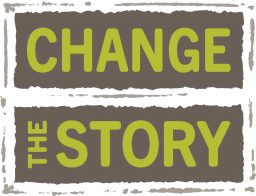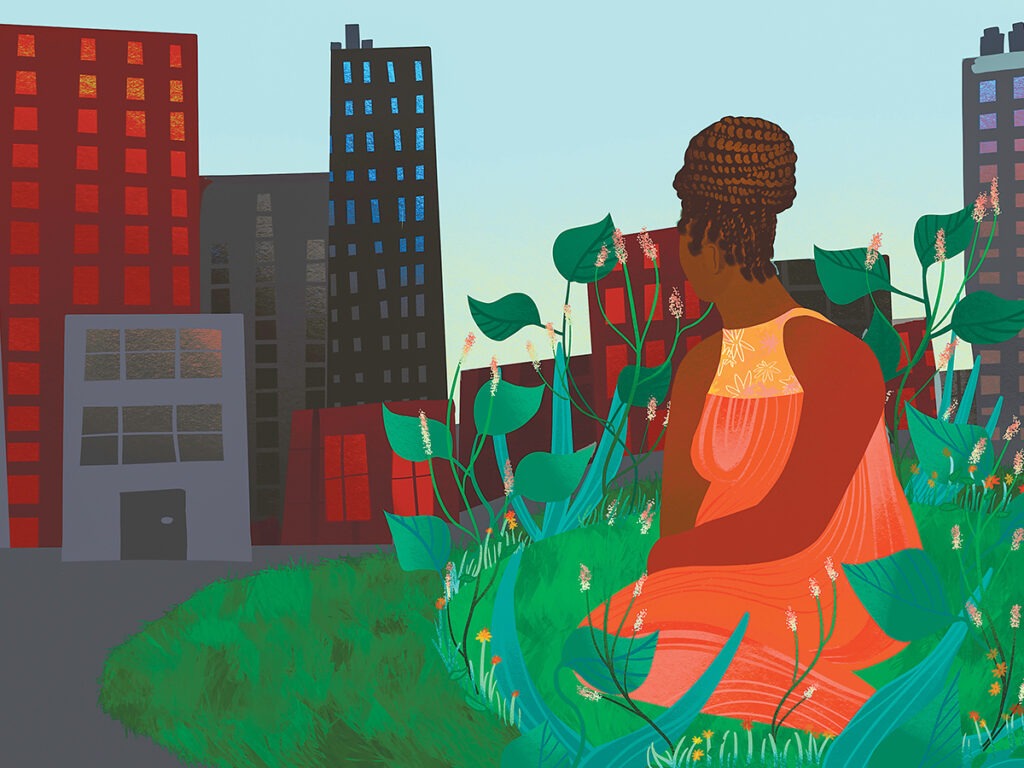
The condition known as long covid continues to frustrate its sufferers, baffle scientists and alarm people who are concerned about being infected by the coronavirus. The term, a widely used catchall phrase for persistent symptoms that can range from mild to debilitating and last for weeks, months or longer, is technically known as Post-Acute Sequelae of SARS-CoV-2 infection, or PASC. But scientists say much remains unknown about long covid, which is also referred to colloquially as “long-haul covid,” “long-term covid,” “post-covid conditions” and “post-covid syndrome,” among other names.
“This is a condition that we don’t even have an agreed-upon name for yet, and we don’t have any understanding really of what’s going on down at a chemical level,” said Greg Vanichkachorn, medical director of Mayo Clinic’s COVID-19 Activity Rehabilitation Program. “So, until we have that kind of understanding, it’s really important that we not make quick decisions about what long covid can or can’t be.”
The National Institutes of Health has launched a research initiative to study the potential consequences of being infected with the coronavirus, including long covid, with the goal of identifying causes as well as means of prevention and treatment. It is building a nationwide study population to conduct that research.
In the meantime, experts said, long covid shouldn’t be dismissed or taken lightly. “This is real, definable, and causes significant patient suffering,” said Bruce Levy, chief of the division of pulmonary and critical care medicine at Brigham and Women’s Hospital in Boston. “The majority of people who got acutely infected felt totally normal before they had their infection, and now they don’t feel normal. That’s jarring.”
Long covid is destroying careers, leaving economic distress in its wake
The Washington Post spoke with experts who are researching and treatinglong covid, and compiled answers to some of the most commonly asked questions about the condition. Please keep in mind that, because covid and its potential long-term effects are continuing to be studied and understood, many of these answers are not definitive, and information will probably change.
WHAT TO KNOW
- What is long covid?
- How is long-haul covid diagnosed?
- How many people get long covid?
- Are there risk factors?
- What about long covid in children?
- What is the treatment for long covid?
- What should you do if you think you have long covid?
What is long covid?
“It kind of depends on who you ask right now,” Vanichkachorn said, “and that’s a reflection of how much, or how little, we know about this condition.”
Generally, he said, long covid is “a state where a person experiences symptoms greater than what we would normally expect for the normal recovery from covid.”
But some experts consider symptoms that linger for four weeks or longer to be long covid, while others say symptoms should persist for at least 12 weeks before a patient is diagnosed with the condition.
Even prominent public health agencies have somewhat different definitions. For example, one definition from the World Health Organization states:“Post COVID-19 condition occurs individuals with a history of probable or confirmed SARS CoV-2 infection, usually 3 months from the onset of COVID-19 with symptoms and that last for at least 2 months and cannot be explained by an alternative diagnosis.”
Meanwhile, the Centers for Disease Control and Prevention defines the condition as:Post-COVID conditions are a wide range of new, returning, or ongoing health problems people can experience four or more weeks after first being infected with the virus that causes COVID-19. Even people who did not have COVID-19 symptoms in the days or weeks after they were infected can have post-COVID conditions. These conditions can present as different types and combinations of health problems for different lengths of time.
The CDC lists more than a dozen symptoms potentially associated with long covid, noting that they can be new or ongoing, and can occur in anyone who was infected with the coronavirus, regardless of severity. The WHO notes that symptoms typically have an effect on everyday functioning and they may fluctuate or relapse over time.
“The most hallmark feature is profound fatigue,” Vanichkachorn said. Patients have reported feeling exhausted for hours or days after doing simple tasks, such as taking a dog for a walk around the block.
Other common symptoms include “brain fog,” or difficulties with cognition and memory, pulmonary issues such as shortness of breath or lingering cough, heart-related problems and gastrointestinal complaints.
In other words, long covid can affect “almost every single body system,” said Daniel Karel, a primary care provider and clinical instructor in medicine in the general internal medicine division at George Washington University.
Long covid’s severity can also vary widely, experts said. Some people can function day-to-day, despite “not feeling themselves,” Levy said. But on the other end of the spectrum, “you can have just a completely debilitating picture that has just a horrendous impact on the patient’s life,” Karel said.
Five months post-covid, Nicole Murphy’s heart rate is still doing strange things
How is long-haul covid diagnosed?
“Long covid” is a clinical diagnosis, Karel said, “meaning there is no test, there is no lab, there is no imaging to diagnose it.” Instead, he said, “we put the whole picture together.”
First, doctors determine whether someone was infected with the coronavirus. Ideally, there is a positive coronavirus test or other evidence of an infection, such as the presence of antibodies in the blood of someone who wasn’t vaccinated or a near-certain exposure (i.e., everyone in your household tested positive, and you also developed symptoms during that time).
A cluster of telltale symptoms that can’t be explained by other causes also help to support a diagnosis, experts said.0:00 / 6:34SettingsFor these three long haulers, debilitating symptoms and fatigue has kept them from returning to work — and in return, struggling to navigate their new normal. (Drea Cornejo, Joy Yi, Colin Archdeacon/The Washington Post)
How many people get long covid?
It’s been difficult to pin down what percentage of people who contract the coronavirus go on to develop long-term symptoms of covid-19, experts said, partly because the condition is still fairly new. Existing research figures and estimates from experts range from single-digit percentages to upward of 30, 40 or 50 percent.
But with tens of millions of people in the United States alone who have been infected, even a small percentage is significant, Levy said.
“In the U.S., there’s been basically about 80 million people that have been infected,” he said. “If there’s even 1 percent, just 1 percent of that, you’ve got 800,000 people that are at risk of being affected, and that’s probably an underestimate, frankly.”
“The most important takeaway that we can definitely say is that it’s not rare,” Vanichkachorn said. Heath-care providers “are seeing this in general primary care clinics, in hospitals, internal medicine; it’s something that we all just need to be prepared for.”
Are there risk factors?
Surviving a more serious acute covid-19 infection, having certain comorbidities and being older have been associated with potentially developing long covid and experiencing severe symptomsfrom it. But experts said that doesn’t mean other people aren’t at risk, too.
“Plenty of young people with no other medical problems can come down with very, very serious and life-altering symptoms,” Karel said. “You don’t have to be sick. You could be young, you could be healthy and unfortunately really suffer.”
A peer-reviewed paper published in January identified four potential risk factors: having Type 2 diabetes; how much viral RNA was produced by the initial coronavirus infection; the presence of Epstein-Barr virus (one of the most common human viruses in the world and the cause of the disease mononucleosis) in the blood; and having specific autoantibodies, antibodies that mistakenly attack tissues or organs in the body as they often do in people with autoimmune conditions.
Additionally, some evidence suggests that women may be more predisposed to long covid than men, Vanichkachorn said. This also tends to be true for autoimmune conditions as well as other chronic disorders such as myalgic encephalomyelitis/chronic fatigue syndrome (ME/CFS), “which seem to be very similar conditions,” he said.
Could long covid unlock clues to chronic fatigue and other poorly understood conditions?
Research is being conducted on whether vaccination status potentially plays a role, with some data suggesting that being vaccinated could help lower the riskof developing long covid. But although those findings are “intriguing,” Levy said, more studies need to be done.
What about long covid in children?
Although it’s less common, children and adolescents can develop long covid, said Alexandra Yonts, director of the Pediatric Post-COVID Program at Children’s National, adding that she has seen long covid symptoms “completely sideline” young people.
Long covid in children is also generally defined as persistent symptoms lasting at least four weeks after the initial infection, but Yonts said the definition may change. “The population we really are concerned about may be those that have symptoms like 12 weeks or more after their initial infection,” she said.
As with adults, fatigue “is the number one presenting symptom” of long covid in children and adolescents, along with brain fog, Yonts said. However, headaches and abdominal complaints are more common, and young people may also be less likely than adults to have post-covid lung damage, despite reporting shortness of breath, she said.
At this point, experts are not aware of “any clear risk factors,” including preexisting conditions or the severity of the initial infection, Yonts said. “Kids with mild illness or no illness are the ones that can develop this as well, which makes it even scarier.”
What is the treatment for long covid?
Post-covid recovery programs and clinics have popped up nationwide during the pandemic, many of which are taking a multidisciplinary approach and providing patients with individualized care. But at this time, Karel said, “there’s no magic pill. There’s no magic cure.”
In addition to treating specific symptoms and conditions when possible, experts said rehabilitation through low-paced gradual increases in activity is key to recovery. Yonts said the typical therapy for children or adolescents suffering from fatigue and brain fog is “very much in line with what is done after concussions.”
It’s critical, experts said, to remember that recovery will probably take time and involve setbacks. “With covid, one of the hallmarks of the fatigue symptom is what we call post-exertional malaise, meaning that, if you exert yourself too much, you can feel like garbage,” Karel said. “You can feel very sick for the next day or two, sometimes longer.”
What should you do if you think you have long covid?
First, if you contract the coronavirus and develop covid-19 symptoms, avoid pushing through the illness, said Susan Cheng, director of the Institute for Research on Healthy Aging at Cedars-Sinai, who is studying long covid.
“Please rest and let your immune system recover as effectively and efficiently as it can,” Cheng said. “I am hoping that by taking that approach, individuals are less likely to develop the aftereffects.”
But if you do suspect you have long covid, don’t delay seeking help. Vanichkachorn said it may be beneficial to talk with a primary care provider if you notice lingering symptoms as early as three weeks after the initial infection. “The earlier that you can get care, the better it most likely will be for you.”
“One of the things that many patients try to do because they’re so eager to get back to life after covid is just try to grit their teeth to get right back to it,” he added. “It’s not something that you can grit your teeth and get through.”























